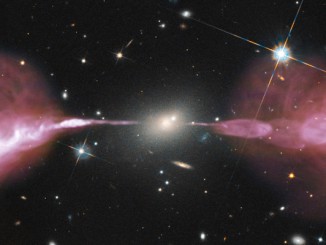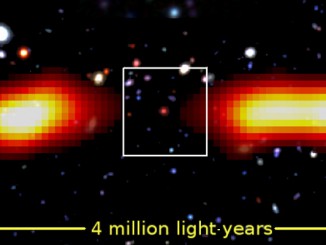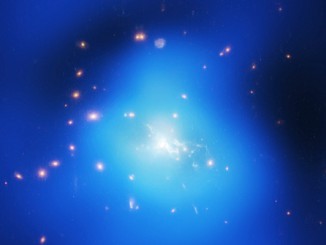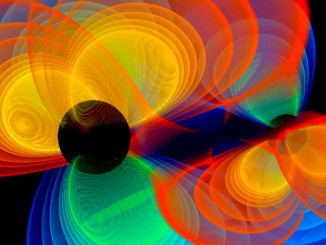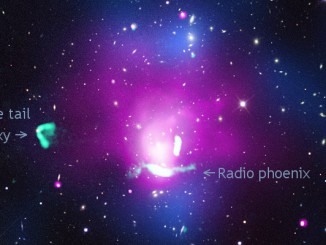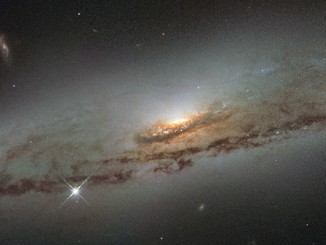
A supermassive and super-hungry galaxy
This NASA/ESA Hubble Space Telescope image shows the spiral galaxy NGC 4845, located over 65 million light-years away in the constellation of Virgo. In 2013 researchers noticed a violent flare from the black hole at the centre of NGC 4845 as it tore up and fed off an object many times more massive than Jupiter that strayed too close and was devoured.



